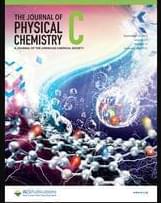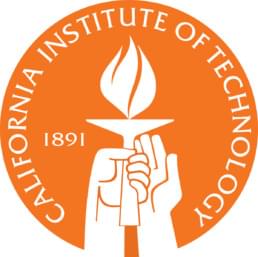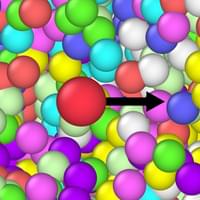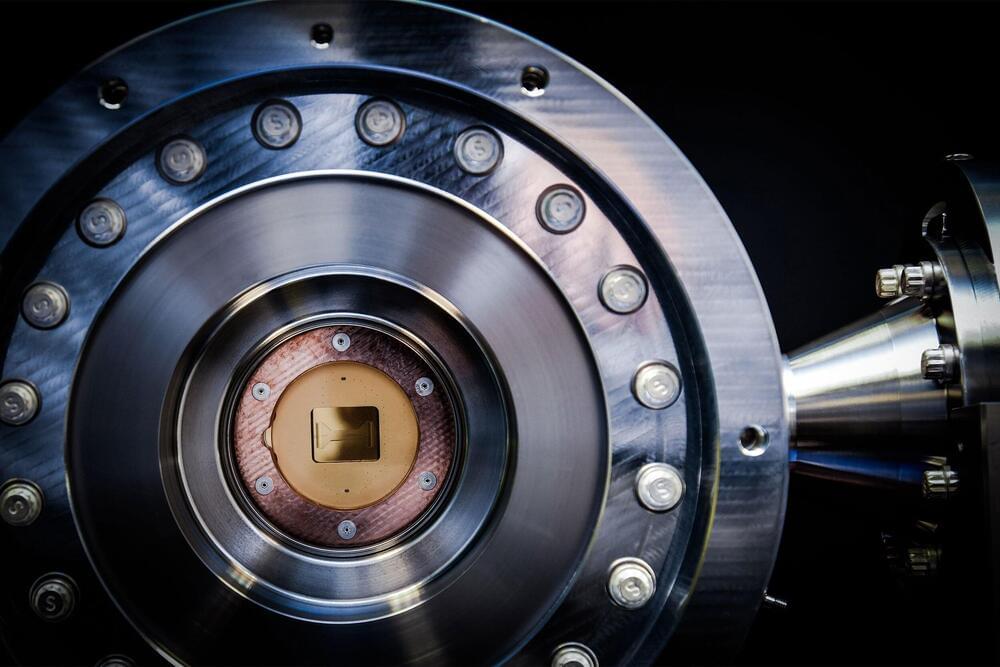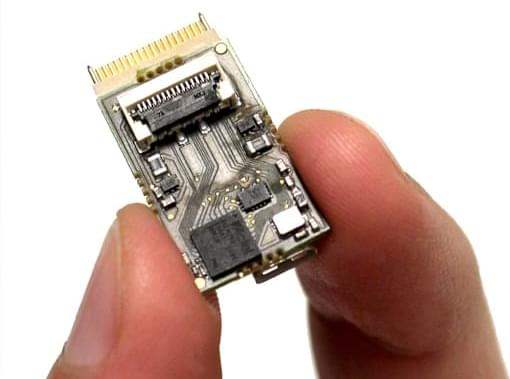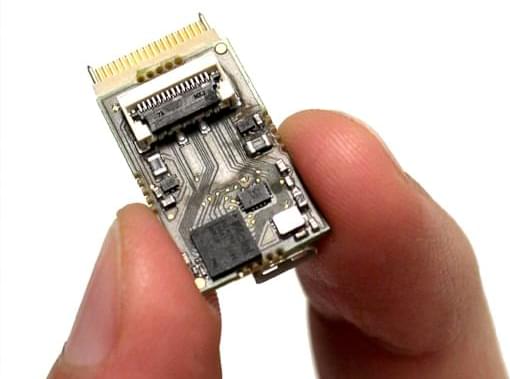Feb 24, 2024
Electrocatalytic Mechanism of Water Splitting by Ultralow Content of RuO2-supported on Fluorine-Doped Graphene Using a Constant Potential Method
Posted by Shailesh Prasad in categories: chemistry, computing
RuO2 has been established as the benchmark catalyst for the oxygen evolution reaction (OER). However, the low precious metal content compared to other OER industrial catalysts like RuO2, Pt/C, and IrO2 makes a hybrid heterosurface of RuO2 and F-doped graphene (RuO2@FGr) an excellent catalyst with a high current density. Moreover, the advantage of graphene support increases stability. We investigated the mechanism of the OER on RuO2@FGr using density functional theory (DFT) and the computational hydrogen electrode model (CHEM). In CHEM, the adsorption energy of the reactive intermediates is considered for the reduction potential calculation. This is followed by free energy calculation and, eventually, overpotential calculation using standard or reversible hydrogen electrodes (SHE/RHE). Computational OER activity calculated in the gas phase using density functional theory (DFT) cannot explain the contribution of the condensed phase, water organization energy, the kinetics of the elementary steps, and electrochemical contribution. The current study will address the issue by implementing an implicit solvation model and the electrostatic contribution by considering the charge extrapolation model. We used molecular RuO2 to mimic the exact experimental weight percentage. Fluorine intercalation doping improves the binding of oxygen-based intermediate species to the reactive surface due to a shift in the d-band center toward the Fermi level. The graphene sheet behaves as a conductor after fluorine doping, and the electron density contribution near the Fermi level is clearly distinguished from the projected density of states (PDOS). Using the implicit solvation model with altered parameters, we find improvements in the reaction barrier for hydroperoxo formation. An overpotential of 0.40 V vs RHE is obtained for the cavity shape parameter and charge density cutoff parameter of 0.8 and 0.0035 Å–3. For completion, we implement the constant potential model (CPM) to extrapolate our results calculated at the nonzero potential environment to 0.0 V potential. The mean energy path computed using the climbing image nudged elastic band provides the activation and reaction energy, and the values are extrapolated to 0.0 V RHE using the CPM correction. Implementing both thermochemical and electrochemical corrections simultaneously, we can find a reasonable overpotential of the studied catalytic reaction.
